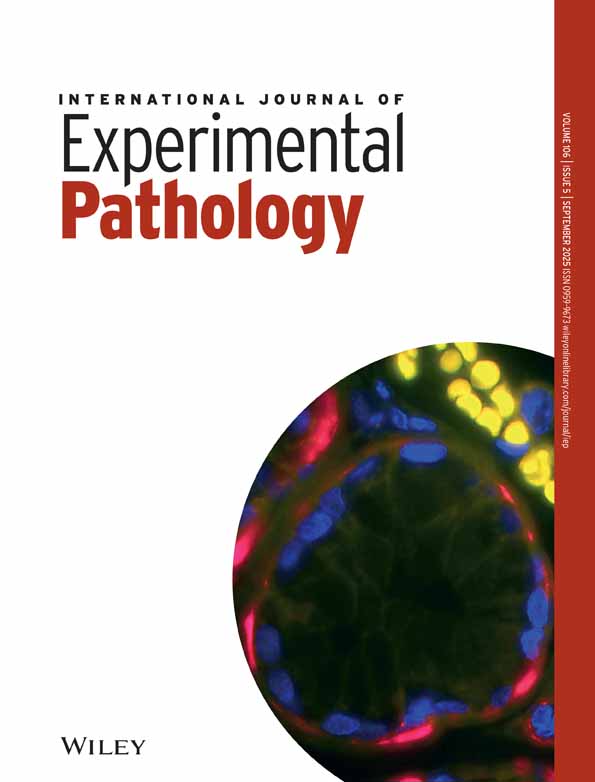Origin of acinar cell regeneration after atrophy of the rat parotid induced by duct obstruction
Abstract
Acinar cell regeneration in the rat parotid gland after atrophy induced by a one week period of duct obstruction was examined using histology, immunohistochemistry and transmission electron microscopy (TEM). For immunohistochemistry, antibodies to 5-bromo-2′-deoxyuridine (BrdU), injected one hour before tissue collection, and cytokeratin were employed. When clips were removed from the duct, only ductal epithelial cells remained; all acinar cells had been deleted. Some duct cells were BrdU positive. After three days, newly-formed acini comprising immature acinar cells had appeared; many of the cells were BrdU positive and mitotic figures were readily identified. Thereafter progressive acinar cell maturation and proliferation occurred, parotid gland weight returning to control levels by 7 days. Peak BrdU labelling indices for duct and acinar cells were on days 0 and 4, respectively. By TEM, cytoplasmic organelles in epithelial cells of transitional duct-acinar structures seen at 2 days were poorly developed. Immature acinar cells seen on day 3 contained zymogen granules and had increased endoplasmic reticulum and mitochondria. By day 5, maturing acinar cells had abundant endoplasmic reticulum and zymogen granules, resembling acinar cells in control glands. These observations indicated origin of acinar cell precursors from duct cells during regeneration of the acinar cell-free atrophic gland. Subsequent expansion of the acinar cell population was dependent on maturation and proliferation of these newly-formed cells.




